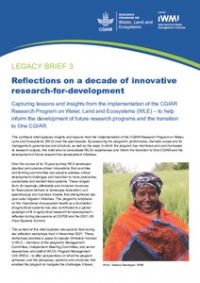The United Nations International Day for Biological Diversity on 22 May reminds us that "When biodiversity has a problem, humanity has a problem". We rely on a wide genetic diversity of animals, plants and microorganisms to nourish and protect us – and we degrade this rich resource base at our peril.
Agriculture remains the largest threat to biodiversity. The expansion and unsustainable intensification of agricultural activity endangers 5,407 species on the International Union for the Conservation of Nature's Red List – close to two thirds of which are already listed as threatened or near-threatened.
So how do we tackle this problem? With global food demand projected to increase by 67% by 2050, compared with 2010 levels, growing more food while keeping biodiversity intact won't be easy. But it is possible. Across the globe, there are examples of agricultural initiatives that attempt to produce more food on less land, without overexploiting natural resources and degrading wildlife habitats. So, what factors make for success?
Factor One: Make it pay
Initiatives must benefit livelihoods and economies directly and immediately. Providing the right incentive will determine whether or not a project will take off and go to scale, and can be done in various ways.
Eco-certification schemes – such as 'organic' status – are one type of incentive, providing access to specific global markets and guaranteeing a premium price to food producers that practice certified agriculture.
Certification of tropical agroforestry crops, especially coffee and cocoa, are common success stories: agroforestry systems, if managed with conservation in mind, can be high in biodiversity. The conservation measures and impacts of such schemes, and how they can be improved, is discussed by the CGIAR Research Program on Water, Land and Ecosystems (WLE) in Conservation Letters.
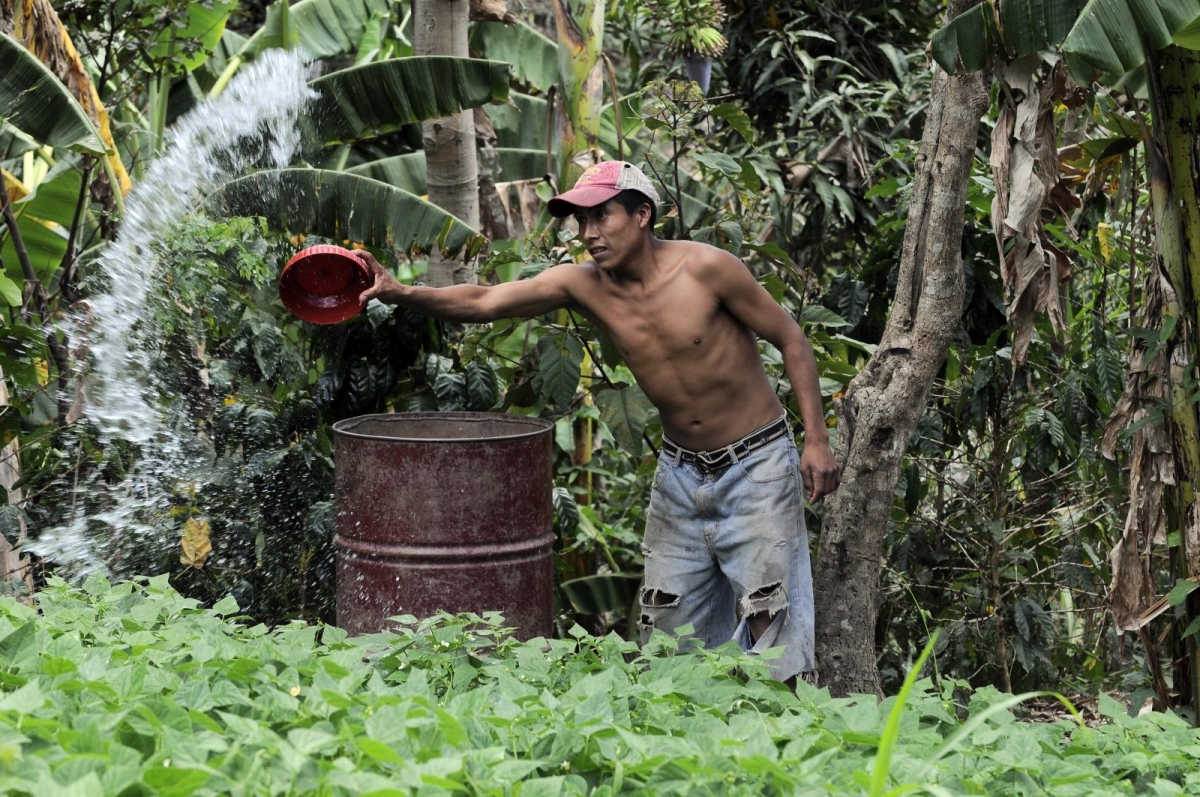
Other financial incentives can take the form of government or private sector payments for farm diversification and landscape protection measures. The emerging movement led by Just Rural Transition is aiming to repurpose policies and agricultural subsidies to create sustainable and resilient food systems.
Factor Two: Take an integrated approach
There has been much debate about how to increase food production and safeguard biodiversity. Should this involve increasing the area of agricultural land while also enhancing agrobiodiversity, by using fewer agricultural inputs – or halting land expansion and producing more intensively on already-farmed land in order to stop further encroachments into natural ecosystems? The binary nature of this argument implies that 'natural' habitats are biodiverse while agricultural land is not. But this is not necessarily the case. Indeed, within the concept of 'land share' – as opposed to 'land spare' – agriculture and wildlife habitats can coexist on the same plot of land.
This is borne out by real-life examples from WLE research – such as the Mesoamerican Biological Corridor (MBC), an ambitious project launched in the 1990s to foster biological connectivity between southern Mexico and northern Colombia. Unlike some 'wildlife corridors', this is not simply a linear strip of forest connecting two forest patches; rather, the biological corridor is a 140,000-hectare mixed-use matrix comprising both agriculture – sugar cane, pastures and coffee plantations – and forest.
Factor Three: Encourage community ownership
Local ownership is crucial to the long-term success of projects aiming to conserve biodiversity. Indigenous people and local communities must benefit from the activities and own decision-making processes around agricultural conservation activities: their knowledge and cultural ties are an invaluable resource, and their trust and cooperation are essential if a project is to be sustained. One form of community-based biodiversity initiative is on-farm conservation of crop species and cultivars, such as projects documented by WLE in Nepal, India and Southeast Asia.
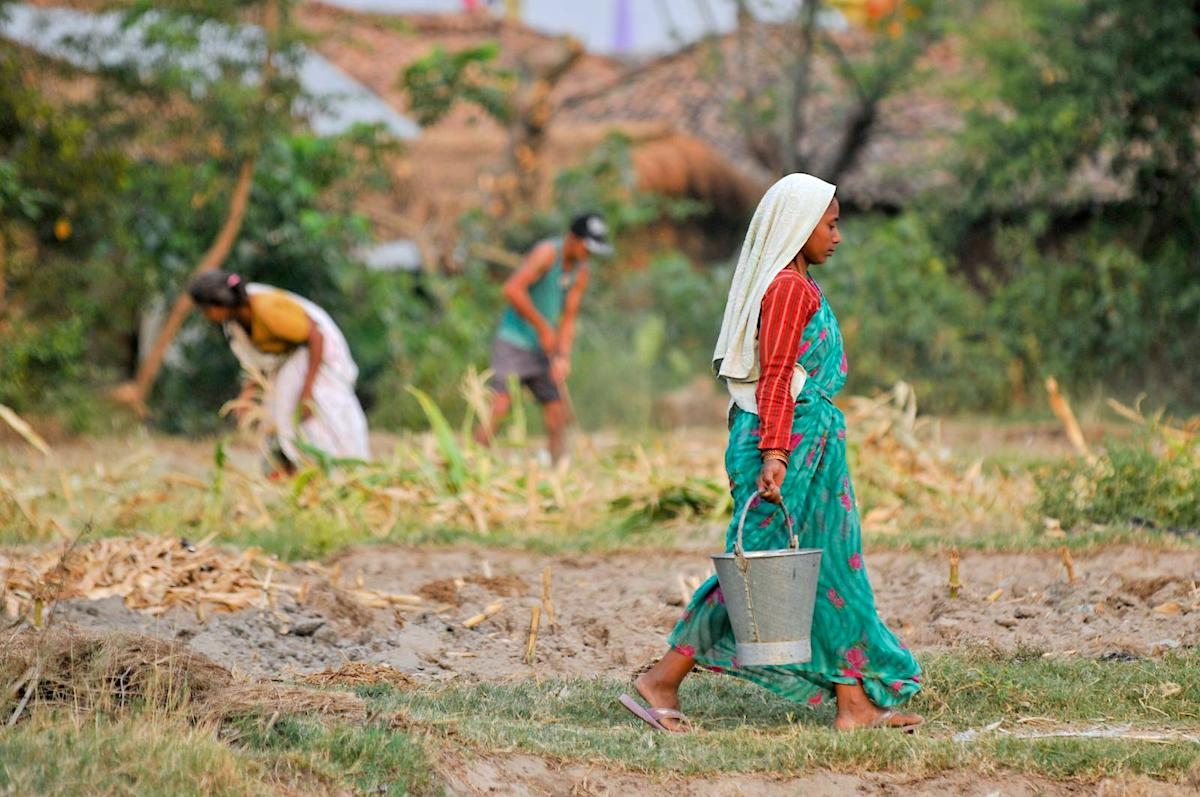
Community ownership of sustainable agricultural initiatives is clearly important, but care must be taken that community-based approaches are truly inclusive. Otherwise, there is a danger that women, young people and vulnerable individuals will be left out of decision-making processes.
Factor Four: Be innovative
Producing more food while simultaneously conserving biodiversity requires transformative solutions. Innovation is key, and needs to adhere to local contexts and challenges. That's why the Commission on Sustainable Agriculture Intensification – a global partnership of experts supported by WLE – is working with governments, private companies, and research and development organizations in making the case for investment in innovation to accelerate sustainable agriculture in the Global South.
In Brazil, innovative approaches such as integrated crop–livestock systems, sometimes combined with forestry, already cover more than 15 million hectares of agricultural land. This creates new opportunities for diversification and economic development while also lowering negative impacts on the country's rich natural resource base. Other research under the WLE umbrella has looked into the market potential of cultured proteins (with a focus on milk and eggs) in low- and middle-income countries.
Factor Five: Use nature's 'environmental services'
When agriculture and increased biodiversity go hand in hand, both can become more resilient as a result. Reducing the use of harsh chemicals, or finding more sustainable pesticides, for example, can mean that natural predators thrive and provide biological control for plant pests.
WLE research on the North China Plain shows that lady beetles, which are killed when pesticides are applied, could provide a valuable ecosystem service by suppressing the aphids that destroy cotton plants. In fact, doubling the current lady beetle density in two-thirds of Chinese cotton fields could increase total farm incomes by around US$300 million per year by reducing cost outlays for chemical pesticides. The five factors discussed here can all help ensure that agriculture becomes a force for biodiversity conservation. The UN Decade on Ecosystem Restoration – with its focus on incentives, market forces and engagement with partners such as the private sector – will be critical in driving forward this new agenda and increasing the productivity and marketability of sustainable agriculture.
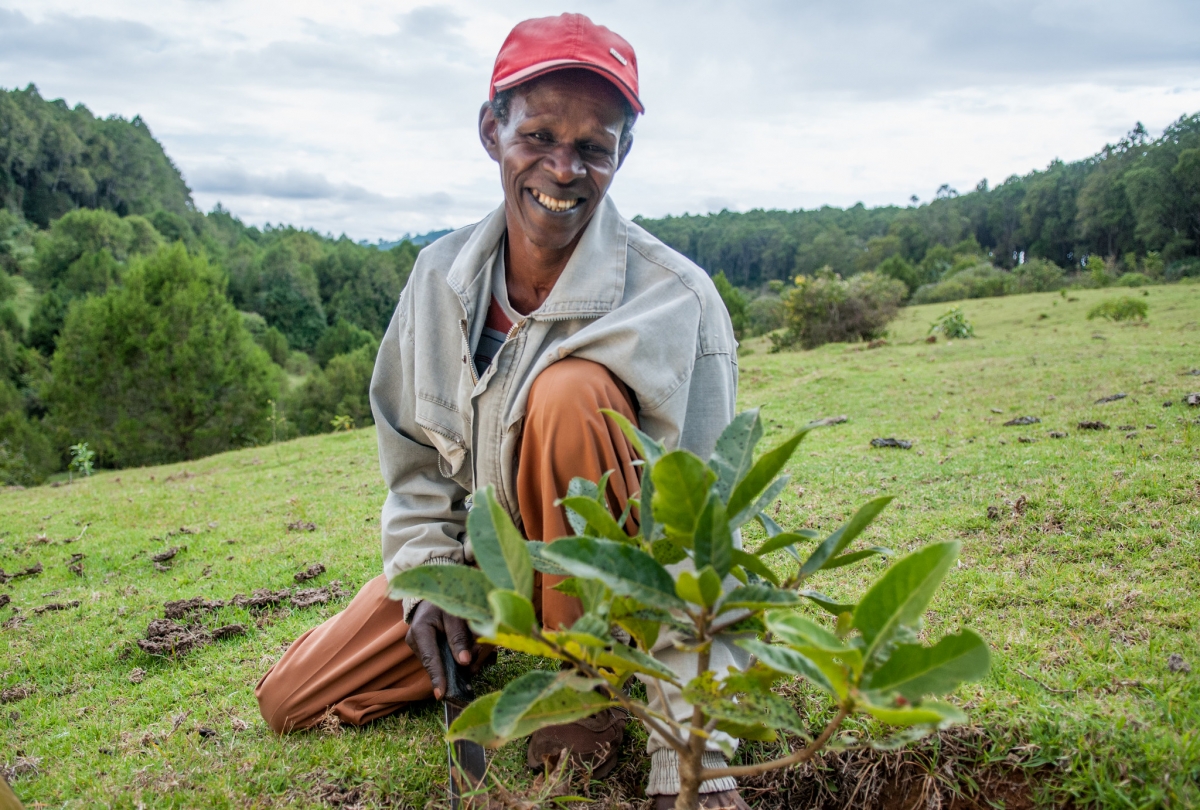
---
Thrive blog is a space for independent thought and aims to stimulate discussion among sustainable agriculture researchers and the public. Blogs are facilitated by the CGIAR Research Program on Water, Land and Ecosystems (WLE) but reflect the opinions and information of the authors only and not necessarily those of WLE and its donors or partners.
WLE and partners are supported by CGIAR Trust Fund Contributors, including: ACIAR, DGIS, FCDO, SDC, Sida and others.




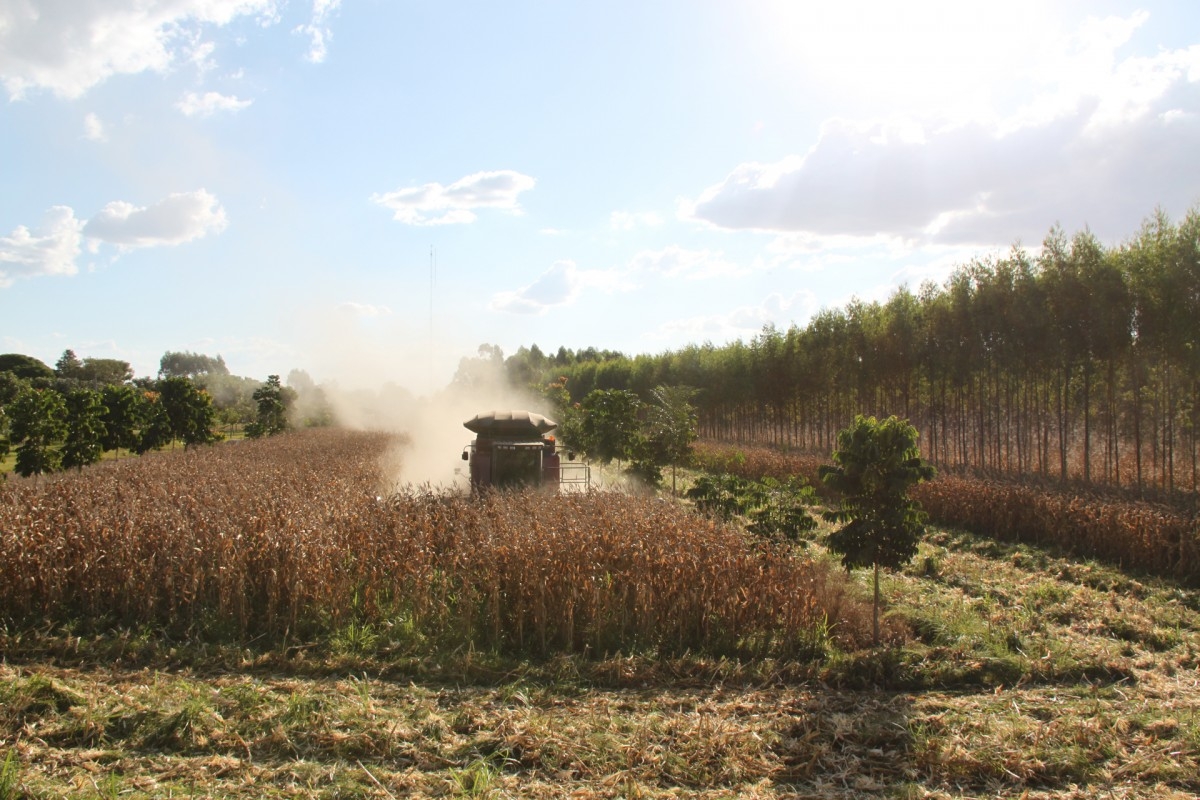
/index.jpg?itok=EzuBHOXY&c=feafd7f5ab7d60c363652d23929d0aee)














